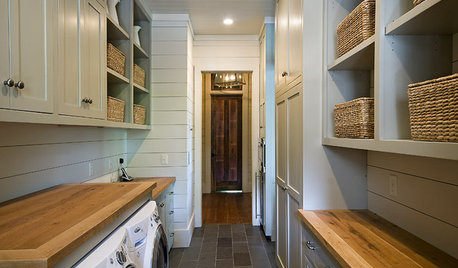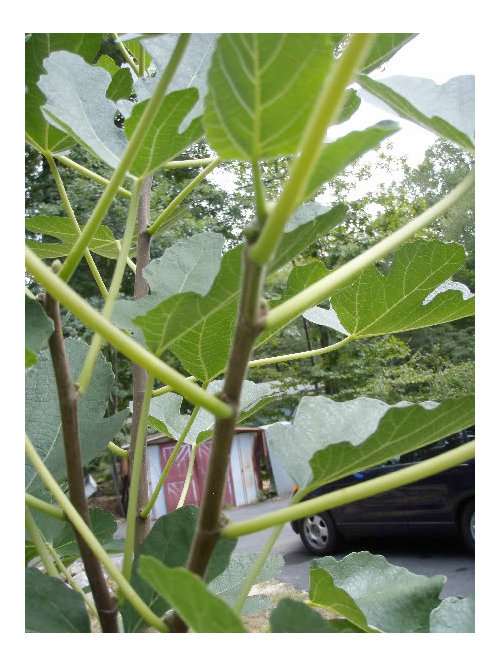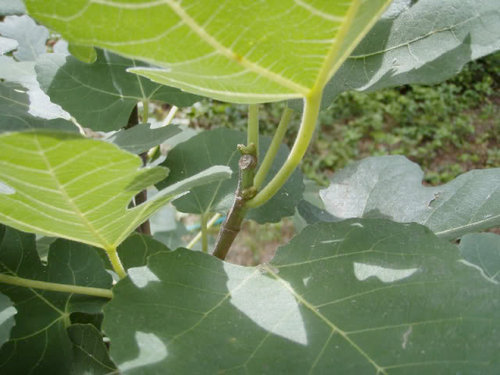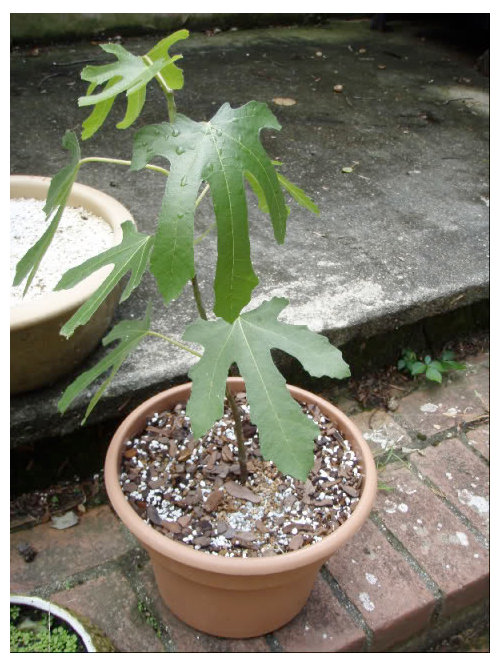AL? Question about overwintering
recoil_rob
13 years ago
Related Stories

GARDENING GUIDESNo-Regret Plants: 5 Questions Smart Shoppers Ask
Quit wasting money and time at the garden center. This checklist will ensure that the plants you're eyeing will stick around in your yard
Full Story
GREEN DECORATING8 Questions to Help You See Through Green Hype
With the ecofriendly bandwagon picking up some dubious passengers, here's how to tell truly green products and services from the imposters
Full Story
KITCHEN DESIGN9 Questions to Ask When Planning a Kitchen Pantry
Avoid blunders and get the storage space and layout you need by asking these questions before you begin
Full Story
GREEN BUILDINGWhat's LEED All About, Anyway?
If you're looking for a sustainable, energy-efficient home, look into LEED certification. Learn about the program and its rating system here
Full Story
CONTRACTOR TIPSBuilding Permits: What to Know About Green Building and Energy Codes
In Part 4 of our series examining the residential permit process, we review typical green building and energy code requirements
Full Story
KITCHEN DESIGNStay Cool About Picking the Right Refrigerator
If all the options for refrigeration leave you hot under the collar, this guide to choosing a fridge and freezer will help you chill out
Full Story
WORKING WITH PROS10 Things Decorators Want You to Know About What They Do
They do more than pick pretty colors. Here's what decorators can do for you — and how you can help them
Full Story
WORKING WITH PROSWhat to Know About Working With a Custom Cabinetmaker
Learn the benefits of going custom, along with possible projects, cabinetmakers’ pricing structures and more
Full Story
FUN HOUZZEverything I Need to Know About Decorating I Learned from Downton Abbey
Mind your manors with these 10 decorating tips from the PBS series, returning on January 5
Full Story
LIFE3 Ways to Get Unstuck — About Organizing, Decorating, Whatever
Break out of the do-nothing rut to accomplish your goals, whether at home or in other parts of your life
Full StoryMore Discussions










tapla (mid-Michigan, USDA z5b-6a)
ottawan_z5a
Related Professionals
New Bedford Landscape Architects & Landscape Designers · Allentown Landscape Contractors · Elmhurst Landscape Contractors · Fort Wayne Landscape Contractors · Ridgewood Landscape Contractors · Vancouver Landscape Contractors · Wallingford Landscape Contractors · Clemmons Decks, Patios & Outdoor Enclosures · Des Moines Decks, Patios & Outdoor Enclosures · Hockessin Decks, Patios & Outdoor Enclosures · Kissimmee Decks, Patios & Outdoor Enclosures · Ridgewood Fence Contractors · Alhambra Fence Contractors · Citrus Heights Fence Contractors · Plainfield Fence Contractorstapla (mid-Michigan, USDA z5b-6a)
oregonwoodsmoke
recoil_robOriginal Author
tapla (mid-Michigan, USDA z5b-6a)
jollyrd
tapla (mid-Michigan, USDA z5b-6a)
jollyrd
tapla (mid-Michigan, USDA z5b-6a)
recoil_robOriginal Author
tapla (mid-Michigan, USDA z5b-6a)
dieseler
jollyrd
tapla (mid-Michigan, USDA z5b-6a)
skybox
tapla (mid-Michigan, USDA z5b-6a)
jollyrd
tapla (mid-Michigan, USDA z5b-6a)
jollyrd
tapla (mid-Michigan, USDA z5b-6a)
jollyrd
skybox
tapla (mid-Michigan, USDA z5b-6a)